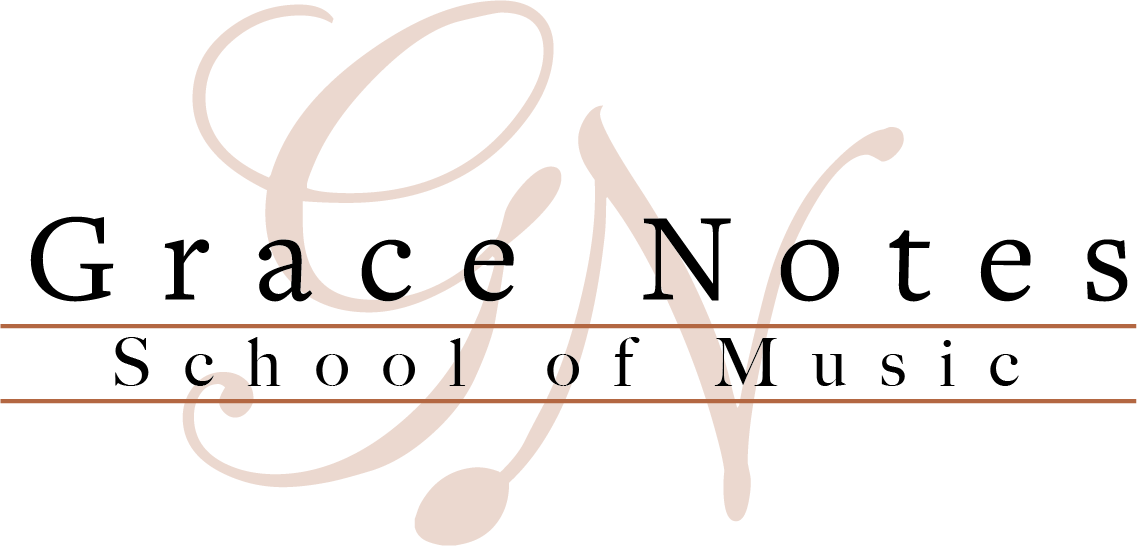Cello Choices
/A lot of my students have been searching for high quality cello equipment, so I thought a post about my personal recommendations might help steer you to some good brands and products. There are so many options out there, that it is nearly impossible to try everything. So for the past 18 yrs I have been calling Ellen Gunst at Cellos2go.com. She is a cellist and small business owner in Columbia, South Carolina that sells only cellos and cello products. This is her specialty, and she pretty much knows everything about all things cello related. She is also the only place you can order strings from in which you can return them if you are not happy, and exchange for a different brand. She is super personable, and I highly recommend calling her when you have a need for a completely informed opinion on which cello direction to try. Here are some of my personal favorites:
Rosin: Melos Dark is my new favorite. For the longest time I was using Larsen rosin, which had a smooth touch. But Melos provides a bit more power. The right rosin makes it easier to play your instrument.
Strings: For beginners and intermediate students, Jargar strings are an affordable high quality brand. For those that are more advanced, the go-to brands are Larsen Solos on the A and D, Spiracore Tungsten wound on the G and C. However, the choices are becoming better and better. At the moment I am sampling Pirastro’s Perptual Editions on my A and D. Versum and Passiones are also ones to experiment with. I have also heard marvelous things about the Jargar Superiors. Every cello is different, so finding strings that work for you can be a process. Playing on bad strings can really be discouraging.
Music Stand: Peak Music Stands have held up beautifully for me. These are stands that can be folded up into a traveling case and easily transported. This is the sturdiest option I have seen yet.
Chair: For those of you enjoying the new adjustable chair in my studio, it is made by Adjustrite.
Photo below is new cellist Cody working with his drones and metronome at the same time, don’t try this at home! Haha!















